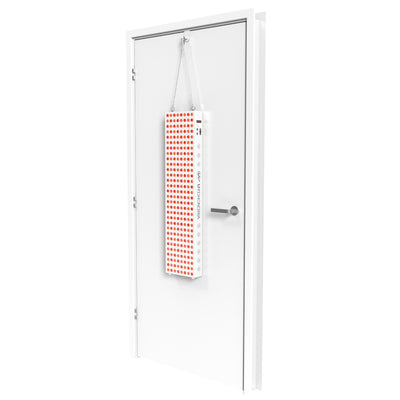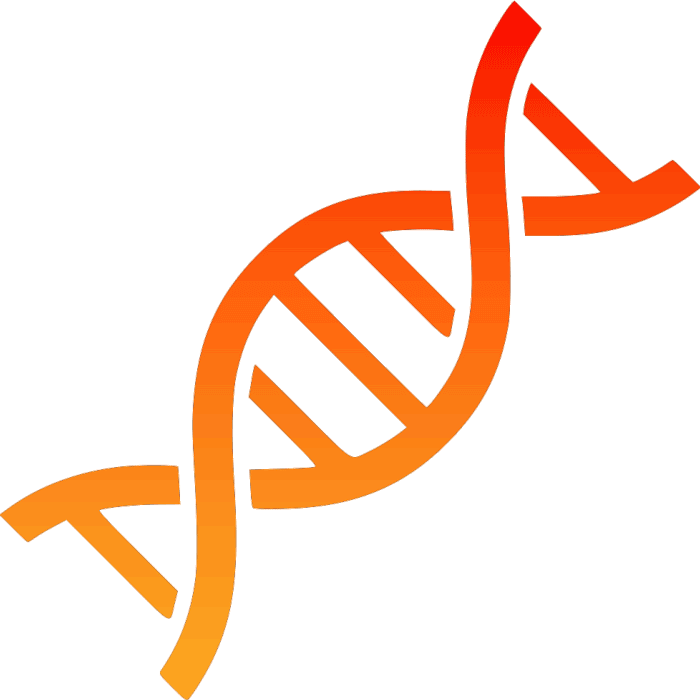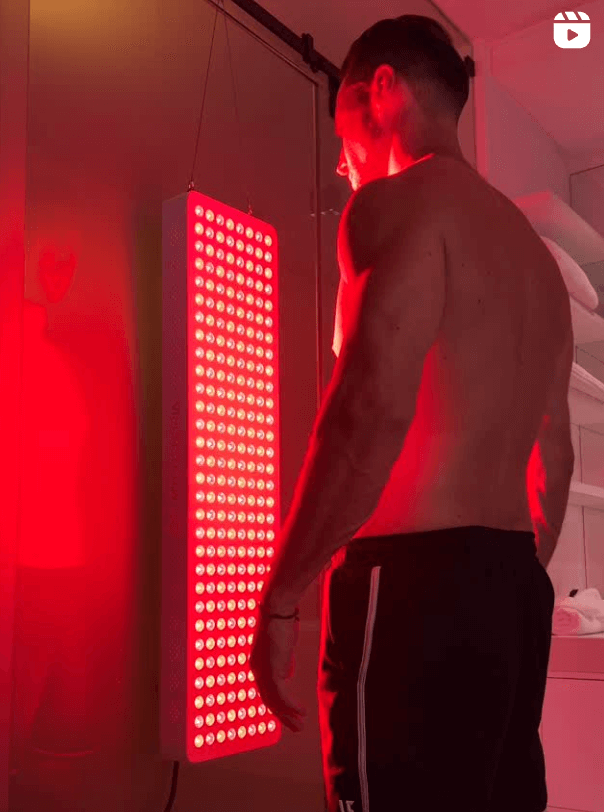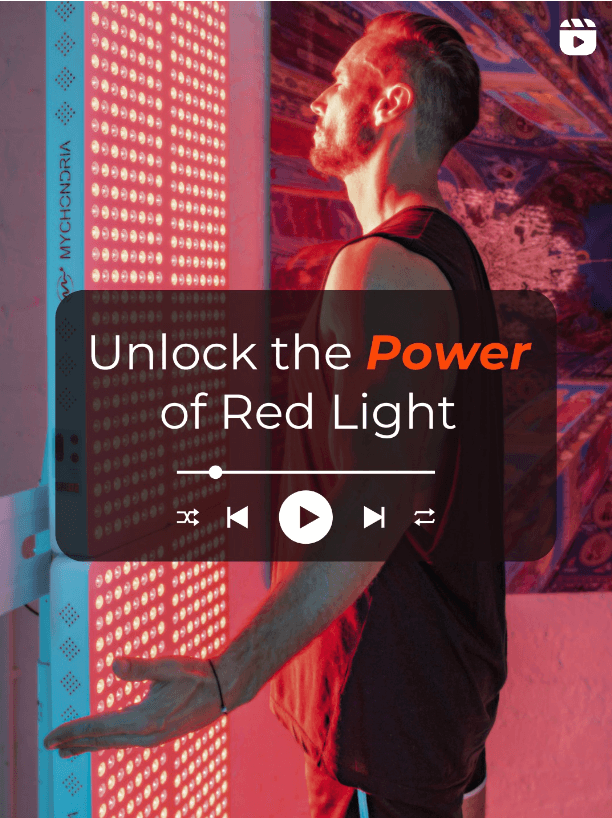Sleep is one of the most important things we can do for our overall health and well-being. Unfortunately, many people struggle with getting a good night's sleep, which can lead to a range of negative effects on our health, from reduced immune function to increased risk of chronic disease.
While there are many strategies for improving sleep, one emerging area of interest is the use of red light therapy.
In this blog post, we'll explore the science behind red light therapy and its potential benefits for improving sleep quality.
What is Red Light Therapy?
Red light therapy, also known as photobiomodulation, is a form of therapy that uses low-level red or near-infrared light to stimulate the body's natural healing processes.
The light penetrates the skin and is absorbed by the mitochondria, which are the energy-producing structures in our cells. This leads to a range of beneficial effects, including increased energy production, improved circulation, and reduced inflammation.
Red light therapy has been used for a variety of health conditions, from skin conditions like acne and eczema to pain relief for conditions like arthritis and fibromyalgia. But one area of research that's gaining attention is its potential use for improving sleep quality.
How Red Light Therapy Can Improve Sleep Quality
There are a few different mechanisms by which red light therapy may improve sleep quality. One is by increasing the production of melatonin, a hormone that regulates sleep-wake cycles. Melatonin is produced in the brain's pineal gland, and its production is influenced by light exposure. Specifically, exposure to blue light (which is prevalent in electronic devices and LED lighting) can suppress melatonin production, while exposure to red light can enhance it.
A study published in the Journal of Athletic Training found that athletes who used red light therapy for four weeks had significant increases in melatonin production compared to a control group. This suggests that red light therapy could be an effective way to help regulate sleep-wake cycles and improve overall sleep quality.
Another way that red light therapy may improve sleep quality is by reducing inflammation in the body. Chronic inflammation has been linked to a range of health problems, including poor sleep quality. Red light therapy has been shown to reduce inflammation in a variety of contexts, including in skin conditions, joint pain, and even in the brain.
Inflammation in the brain can interfere with the production of neurotransmitters like serotonin and dopamine, which are essential for regulating mood and sleep. Reducing inflammation in the brain with red light therapy could help improve the production of these neurotransmitters and improve sleep quality as a result.
Finally, red light therapy may improve sleep quality by improving circulation. Poor circulation can lead to a range of health problems, including fatigue and poor sleep quality. Red light therapy has been shown to increase circulation in a variety of contexts, including in the skin and muscles.
Improved circulation to the brain could help improve the delivery of oxygen and nutrients, which could help support healthy sleep patterns. Additionally, improved circulation to the muscles could help promote relaxation, which is essential for falling and staying asleep.
How to Use Red Light Therapy for Sleep Improvement
If you're interested in using red light therapy to improve your sleep quality, there are a few things to keep in mind. First, it's important to choose a high-quality red light therapy device. Look for a device that emits red or near-infrared light in the 600-800nm range, and make sure it's been tested for safety and effectiveness.
Second, consider using your red light therapy device in the evening, before bed. This can help enhance the production of melatonin and support healthy sleep-wake cycles. Start with a low dose and gradually increase as needed.
Finally, be consistent with your use of red light therapy. Like any therapy, the benefits of red light therapy are cumulative, so it's best to do daily sessions with a home device.
MyLight
Devices
Every MyLight is designed
to get you results.
Choose your MyLight to
unlock your next level in
human performance.
Results. Guaranteed.



























